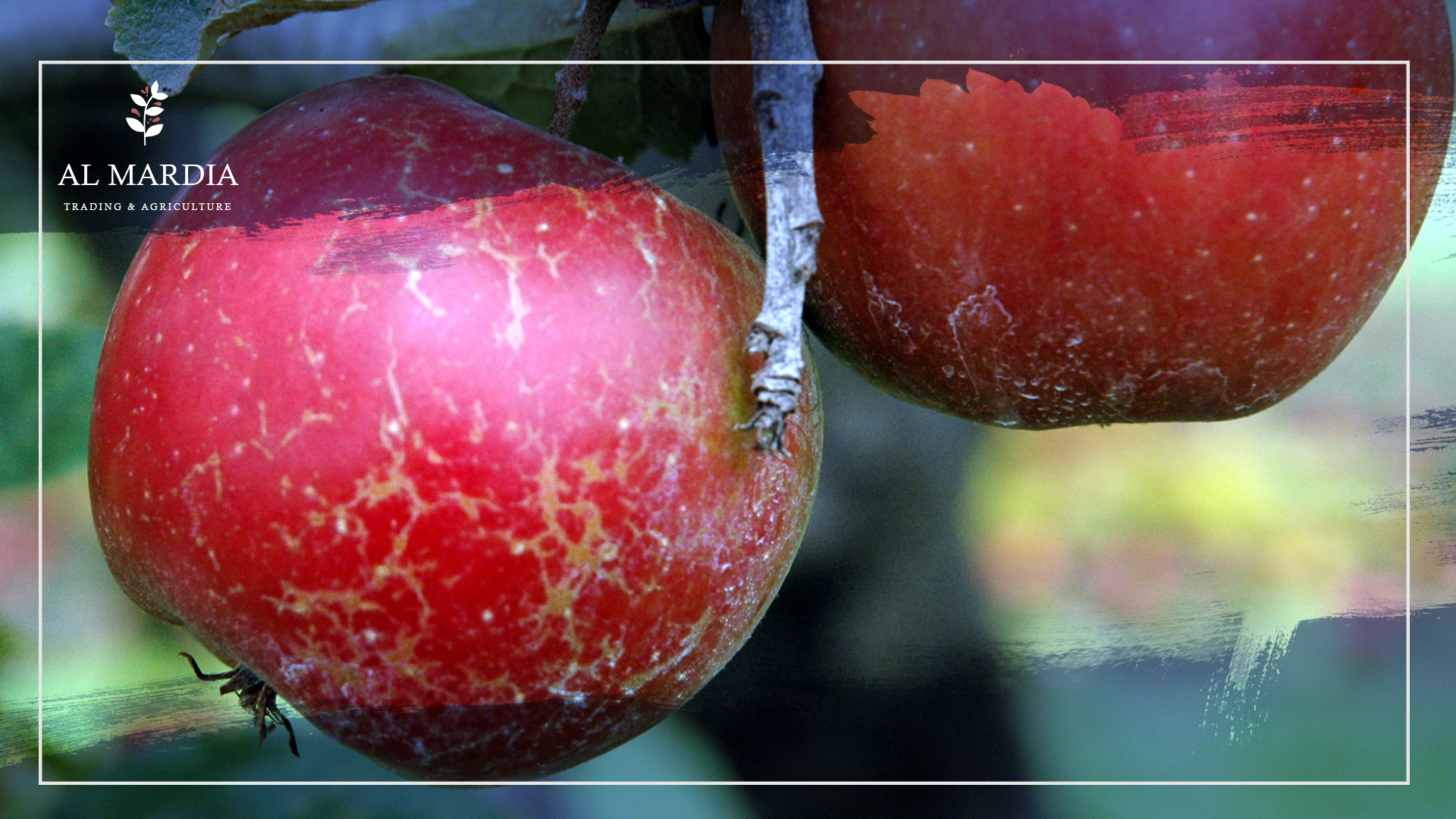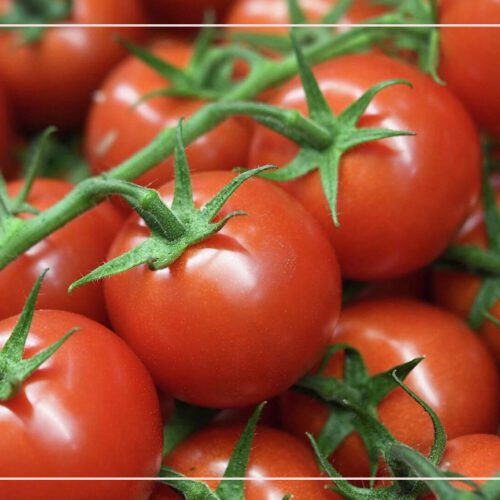
Save Your Crops From the Perils of Apple Russeting
As an apple farmer, you know that your crops are vulnerable to the perils of apple russeting. Apple russeting is a type of damage to the skin of apples caused by weather conditions, such as temperature fluctuations, frost, and humidity. This damage can cause discoloration in the skin and rough patches. If left untreated, it can lead to reduced yield and crop loss.
In this guide, we’ll explain what you need to know about apple russeting and how you can prevent it from happening to your apples. We’ll also provide tips on how to identify when apple russeting is happening and what treatments you can use to save your crops from this destructive force.
By following our advice and taking appropriate steps to save your crops, you’ll maximize your yields and avoid any losses due to this common problem.
What Is Russeting?
Russeting is a condition that affects the skin of apples, resulting in a mottled, rough surface. It’s a common problem that can occur in any variety of apples, from delicately sweet Golden Delicious to tart Granny Smiths.
Fortunately, this condition can be remedied with some simple cultural practices. Proper irrigation, pruning, and thinning will all help reduce the risk of russeting. Additionally, proper organic matter management in the soil and careful pest management is essential. They will help reduce the extreme effects of temperature swings in spring and autumn which can lead to these unhealthy conditions. See our product Growthmax.
What causes Russeting disease?
- Apple russeting is a common sight among growers, but the causes remain a mystery to many. There are many potential causes that one must consider when dealing with this problem.
- One of the most common causes of russeting is environmental factors, including too much or too little sunlight, an excess of a fertilizer, and sudden changes in temperature. Other environmental factors such as wind can also cause apple russeting. It can cause tiny wounds on the surface of the fruit.
- Insects can also be a cause of russeting. For example, certain types of mites and aphids suck up plant sap and leave behind wounds on the fruit’s skin that can lead to russeting. Fungal diseases such as scabs and infections caused by bacteria are another potential source of apple russeting.
- It’s important to remember that while you may take steps to guard against these environmental factors and pests, there is no guaranteed solution to preventing apple russeted fruit. However, understanding why it occurs will help you take preventive measures to protect your crops.
Types of Russeting
Apple russeting comes in a variety of forms, and knowing which type you are dealing with is key to saving your crops. Here are the three main types:
-
Lenticel Russeting
This type of russeting affects the lenticels – or pores – on the surface of the fruit, resulting in shallow depressions. These discolored spots can vary in size and color, ranging from light gray to dark brown.
-
Skin Breakdown
This type of russeting develops when cracks appear in the skin of the apple, causing sagging and sunken patches. The spots may be raised or depressed, and will often appear in circles or web-like patterns.
-
Vein Pattern
The least common type of russeting is vein patterning, which occurs when veins extend from the stem to the calyx end and cause irregular furrows or wrinkles on the surface of the apple. This type of russeting is usually most severe on apples that have a wax coating.
Symptoms and Diagnosis
Apple russeting is often a symptom of a few different possible issues, including irrigation-related problems, cultural practices, weather, and pests. Identifying the cause is key to preventing further damage.
Diagnosing Apple Russeting
To diagnose the issue, you have to look for any other signs of distress in your crop. Common signs include discolored leaves and leaf loss, along with aluminum toxicity and sulfur deficiency. These can all be associated with Apple russeting.
It’s important to note the size and pattern of the affected areas:
- Small spots: This may indicate mineral or nutrient deficiencies or pest damage like spider mites.
- Large swathes: This could be a sign of environmental stressors like over-watering or too little water.
Finally, check any nearby trees for similar signs of apple russeting, as it could be an indication that this is a disease that has been spread by insects or pests between plants. Once you’ve identified the cause, you can begin treating your affected crop accordingly.
Treatment and Prevention Strategies
One of the most effective ways to protect your crops from the devastating effects of Apple Russeting is to take preventive action before symptoms appear. Here are some strategies you can use:
Sterilize Equipment
Using sterilized equipment will help reduce the spread of disease-causing fungi and bacteria that may be present in the soil. This can be done by washing, wiping, and disinfecting all tools used in your orchard, such as pruning shears, cars, and even the ground.
Proper Pruning
Pruning regularly helps the tree regulate its water intake, encourages new growth, and improves airflow throughout the canopy of the tree which reduces humidity and helps discourage diseases that can lead to russeting.
Proper pruning techniques can help keep your trees well-ventilated, which will prevent water from gathering on their leaves – a perfect environment for fungi and bacteria to thrive in.
Soil Management
Soil management plays an important role in protecting your crops from apple russeting. Make sure to keep your orchard’s soil well-drained and free from weeds or other plants that could be harboring harmful organisms. Adding organic matter such as compost or Wormcasting can also help keep the soil healthy and promote growth.
These preventive strategies require patience, diligence, and plenty of TLC if you want to make sure your crops are safe from apple russeting.
Conclusion
Apple russeting can be a serious disease, but with proper care and preventive measures, it can be avoided. Keeping trees healthy should be a priority, as nutrient deficiency and excess moisture can increase the risk of russeting. Identifying and treating symptoms promptly is essential to saving your crop from the perils of russeting and keeping your orchards productive and healthy.
Related Topic
Downy Mildew: Organic Solutions
Common Questions
-
What are the symptoms of russeting?
Russeting is a common occurrence in apples and pears which leads to brownish patches on the skin of the fruit. These patches are usually rough and not as smooth as healthy skin.
-
What causes russeting?
Russeting of fruits can occur due to a number of factors including cold and wet weather, frost, pesticides, viruses, fungi, and bacteria. Yellow-fleshed apples are particularly susceptible to this compared to those with red flesh.
-
Can you eat russeting apples?
Although russeted fruits have an unpleasant exterior, they are safe to eat. These apples can still be used in a variety of ways. We can peel them and use them for juice and cider.





